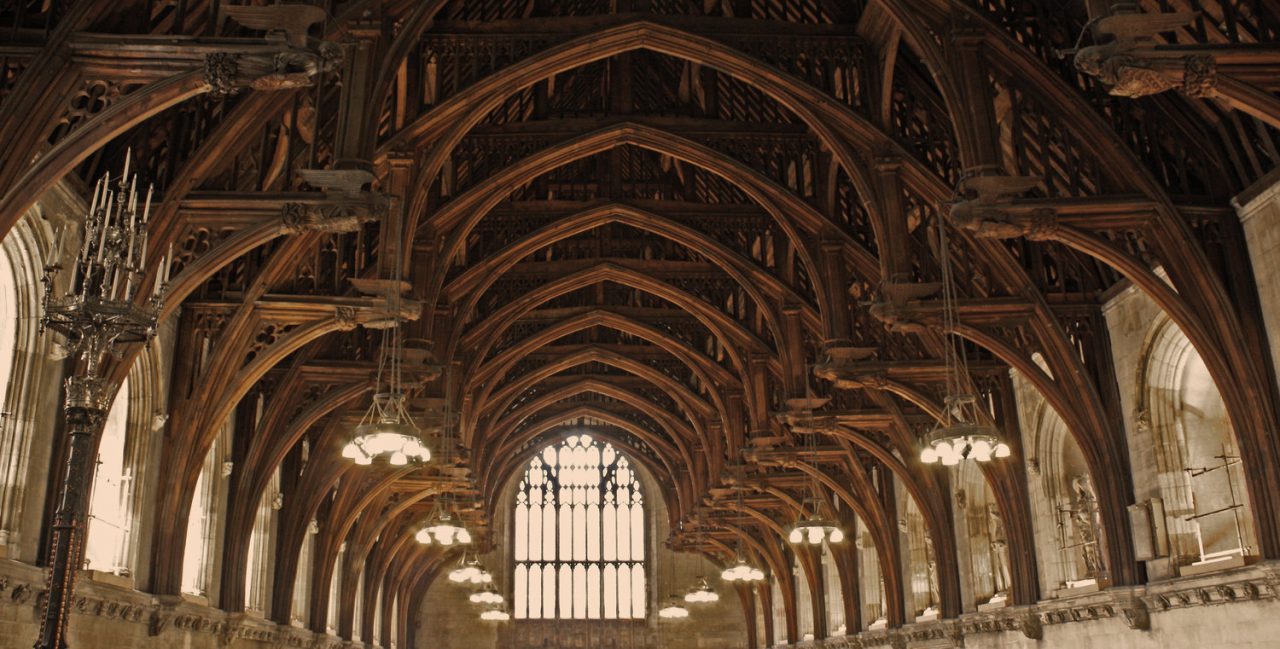
We know that the Glorious Revolution concluded with the accession of William III and Mary II, and we know that the Dutch couple was called upon because Mary was the deposed king’s Protestant daughter. But a lesser-known truth is that William was half-English himself, his mother having been Mary Stuart, the Princess Royal and daughter of Charles I. Because of that, William was closely tied to the royal House of Stuart as a grandson of one of Britain’s kings.
Of the two Mary Stuarts who became Princesses of Orange, certainly the second would become the more famous, ruling Britain for six years as queen regnant, but her aunt and mother-in-law was an interesting character, too. The eldest daughter of Charles I and Henrietta Maria of France, she was old enough to comprehend the significance of the civil war that broke out in England in the 1640s, and yet was long-married and removed from the conflict as the war came to a close and her father was executed. She, in many ways, had a birds-eye view of the monarchy’s temporary abolishment, but was protected from its effects in a way her younger siblings were not.
Continue reading “The First English Princess of Orange” →






